Imagine a creature so clever, so oddly charming, that even its tongue seems to defy the rules of nature. The sun bear, often overlooked and rarely seen, is a marvel of evolutionary quirkiness. With a tongue as long as its forearm and habits that would make even the boldest explorer raise an eyebrow, this tiny climber roams the dense forests of Southeast Asia. What makes the sun bear such a captivating subject is not just its rarity, but the collection of mysteries that swirl around its daily life. Why does this bear, the smallest of its kind, possess such a bizarre tongue? What secret roles does it play in the forest’s tangled web? The answers, as you’ll discover, are as fascinating as the animal itself.
A Bear Like No Other
The sun bear stands apart from its larger, more famous relatives. Weighing between 60 and 150 pounds, it barely reaches the size of a big dog. Its short, sleek black fur and the striking golden crescent on its chest make it instantly recognizable, yet sightings are rare. Sun bears are shy and elusive, spending much of their lives hidden high in the forest canopy. Unlike the lumbering grizzlies or the iconic polar bear, sun bears move with surprising agility and silence, almost melting into the shadows. This unique combination of physical traits and secretive behavior has kept them shrouded in mystery for centuries.
The Marvel of the Sun Bear’s Tongue
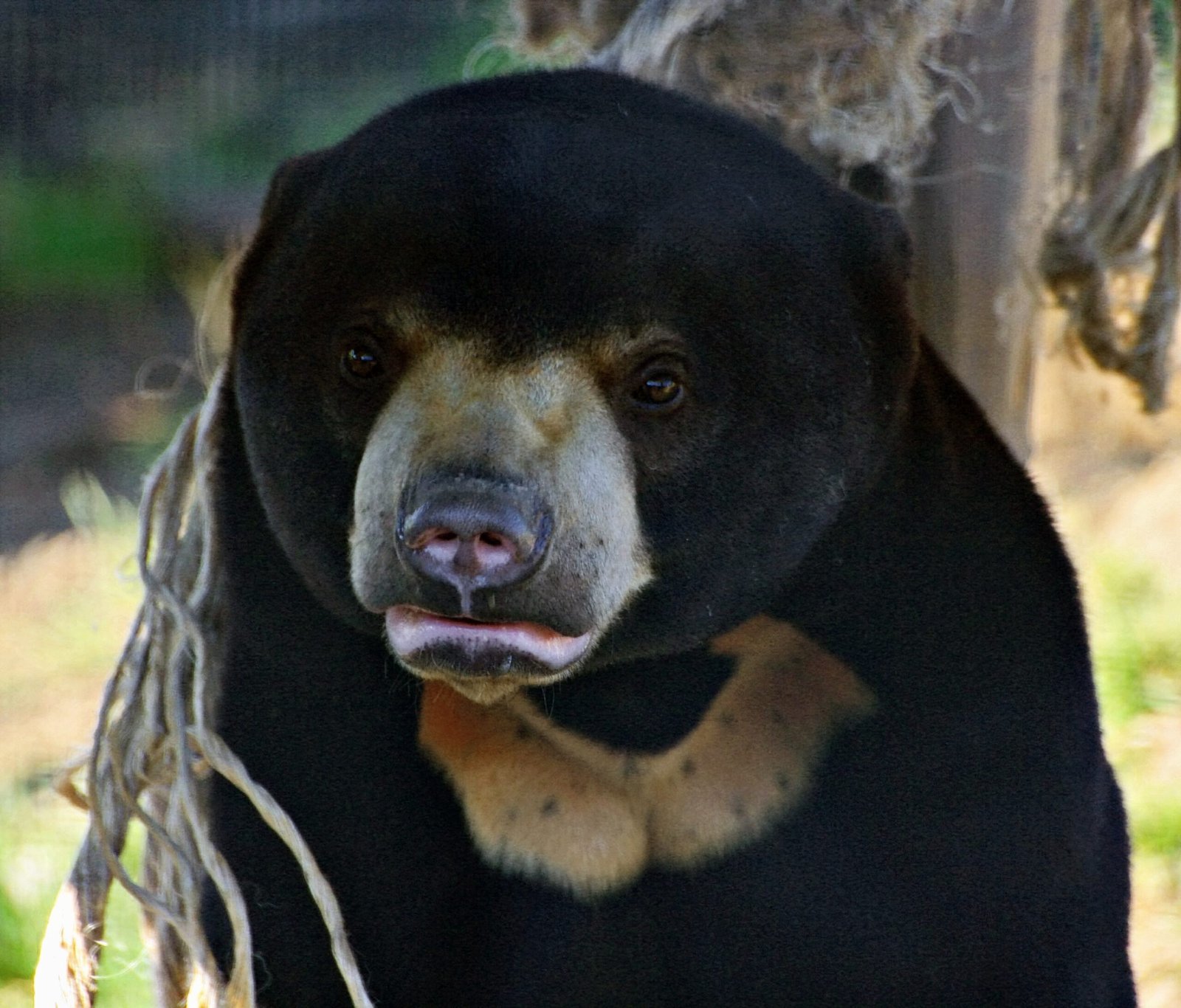
Perhaps the most astonishing feature of the sun bear is its tongue, which can stretch up to 25 centimeters—longer than many people’s hands. This remarkable adaptation isn’t just for show. It serves a vital purpose: extracting honey and insects from deep within tree crevices. With its tongue, the sun bear can reach places that other animals simply cannot. Picture a bear delicately lapping up honey from a narrow hollow, its tongue darting and curling with the precision of a master thief. This tool is both a weapon and a lifeline, allowing the sun bear to access food sources that are off-limits to competitors.
A Taste for Honey—and More

Sun bears are sometimes called “honey bears” for good reason. Their love for honey borders on obsession. They will tear apart tree trunks and brave swarms of angry bees to reach a hive’s sweet bounty. But honey is just the beginning. Their diet is astonishingly varied, including ants, termites, beetles, fruit, and even small vertebrates. With claws like garden tools and jaws that can crack open coconuts, sun bears are opportunistic feeders. Their adaptability in food choices is a testament to their wild intelligence and resourcefulness, helping them survive in habitats that are constantly changing.
A Secret Life in the Canopy
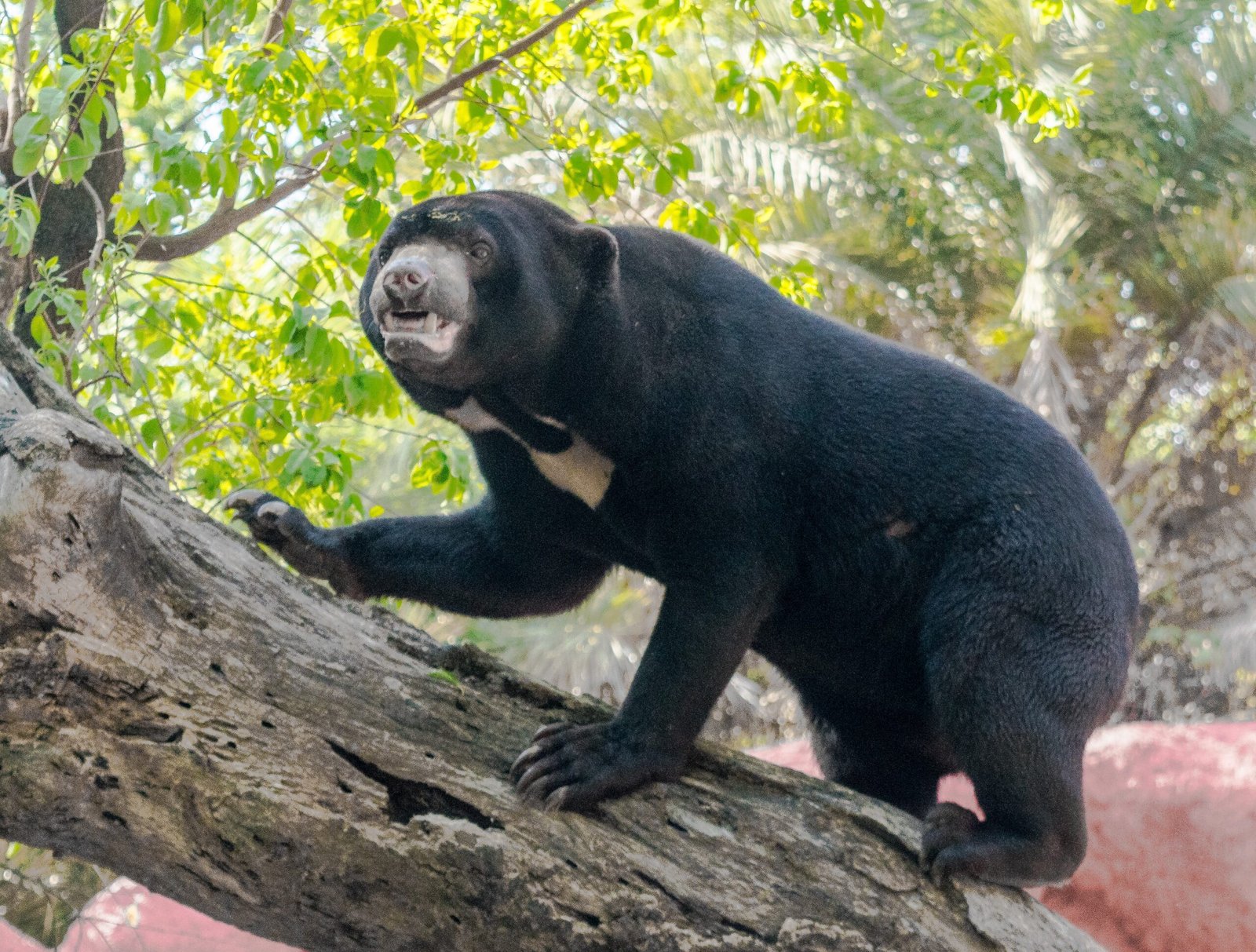
Few people realize that the sun bear is a master climber. These bears spend much of their time high in the trees, sometimes napping in sun-dappled branches or searching for figs. Their curved claws and muscular limbs make them as comfortable in the treetops as on the ground. This arboreal lifestyle is unusual among bears, most of whom are more earthbound. High above the forest floor, sun bears avoid predators and find food that many animals can’t reach. Imagine looking up into a rainforest and catching a glimpse of a sun bear stretched out along a branch, almost like a cat basking in the sun.
The Mysterious Chest Patch
One of the sun bear’s most striking features is the golden crescent or “sun” on its chest. Each bear’s patch is unique, like a fingerprint, and scientists believe it may play a role in communication or even intimidation. When threatened, a sun bear will rear up on its hind legs, baring its chest as if to say, “Stay back!” The bold splash of color is impossible to ignore in the dim undergrowth. Some researchers speculate that the mark may mimic the eyes of a larger animal, deterring would-be predators. Others wonder if it helps cubs recognize their mothers in the dense jungle.
Vocalizations: The Language of the Forest
Though sun bears are generally quiet, they are capable of an impressive range of sounds. From woofs and growls to high-pitched squeaks, their vocal repertoire is surprisingly rich. These sounds serve as warnings, calls to cubs, or even expressions of excitement when they find food. Mother bears, in particular, communicate constantly with their young, using gentle grunts and huffs. In captivity, sun bears have been known to mimic human laughter, a testament to their intelligence and adaptability. These vocalizations help maintain social bonds and navigate the dangers of forest life.
Solitary by Nature
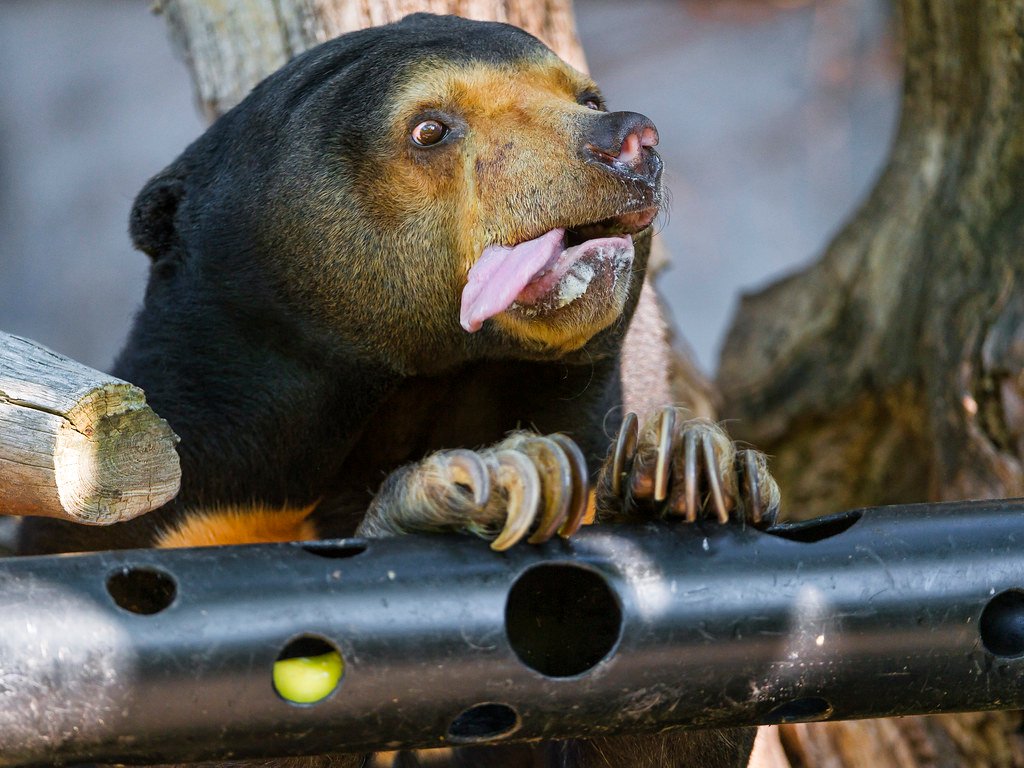
Unlike many other bear species, sun bears are almost entirely solitary. They roam vast territories alone, marking trees with scratches and scent glands to signal their presence. Encounters between adults are rare and often tense, especially when food is scarce. Even mothers and cubs part ways once the young are old enough to fend for themselves. This solitary lifestyle helps reduce competition over limited resources in the dense, competitive forests. The sun bear’s independence is a double-edged sword—it keeps them safe but also makes studying them a daunting challenge.
Sun Bear Cubs: Helpless but Hardy
Sun bear cubs are born blind, hairless, and utterly helpless. For the first few months, they depend entirely on their mother’s care. She nurses them in a burrow or hollow tree, fiercely protecting them from danger. Despite their vulnerable start, sun bear cubs grow rapidly, developing strong climbing skills by just a few months old. Their playful nature is a joy to observe, as they learn to wrestle, climb, and forage under their mother’s watchful eye. This early independence is crucial for survival in a world where danger lurks at every turn.
The True Role of the Sun Bear in the Forest
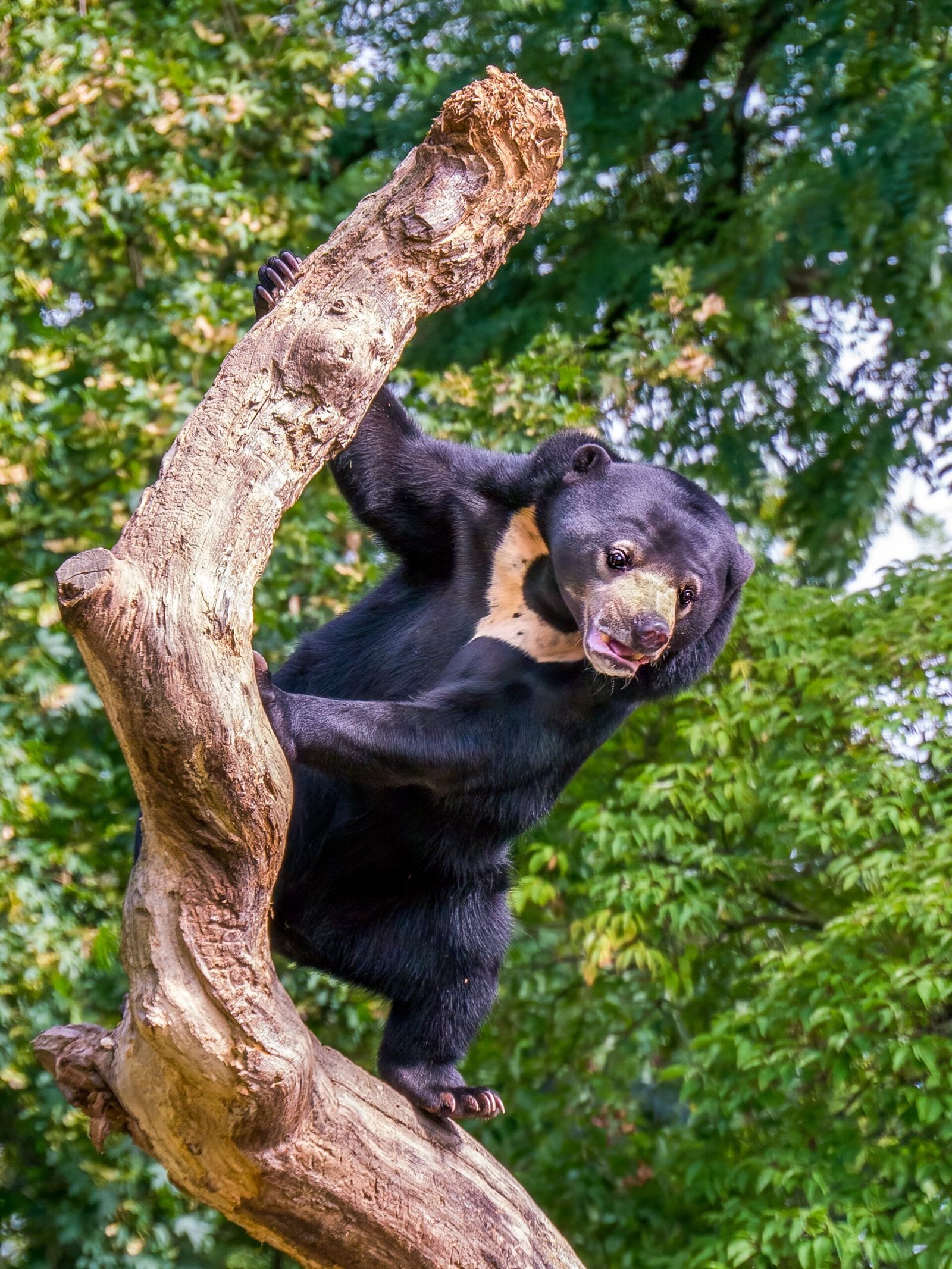
Sun bears play a hidden but vital role in maintaining forest health. By breaking open termite mounds and fallen logs, they help recycle nutrients and aerate the soil. Their fondness for fruit makes them important seed dispersers, carrying the next generation of trees far from the parent plant. In this way, sun bears are silent architects of the rainforest, shaping its future with every meal. Even their destruction of bee hives can benefit other species, creating new nesting sites for birds and small mammals. The sun bear’s impact may be invisible, but it is profound.
Threats on All Sides
Despite their resilience, sun bears face a barrage of threats. Deforestation, driven by logging and palm oil plantations, has destroyed vast swathes of their habitat. Poachers hunt them for their bile, claws, and meat, driven by illegal wildlife trade. Even in protected areas, sun bears are not safe—encroachment, snares, and conflict with humans are constant dangers. Their elusive nature makes it hard to estimate their true numbers, but scientists agree the population is in steep decline. Every year, the silence in the forest grows a little deeper as these extraordinary creatures vanish.
Conservation Efforts: Rays of Hope

All is not lost for the sun bear. Conservationists across Southeast Asia are working tirelessly to protect the species and its habitat. Sanctuaries and rescue centers provide safe havens for orphaned and injured bears, offering a second chance at life. Environmental groups campaign for stronger laws to end illegal hunting and habitat destruction. Education programs teach local communities the importance of sun bears, fostering a sense of pride and stewardship. The road ahead is long, but every rescued bear and every acre of saved forest brings hope for a brighter future.
Sun Bear Intelligence: More Than Meets the Eye
Sun bears are not just survivors; they are thinkers. Studies have shown they can solve puzzles, remember hidden food, and even use tools in captivity. Their problem-solving skills rival those of some primates, a fact that has surprised and delighted scientists. Observers have watched sun bears fashion sticks to extract insects or open tricky food containers. This intelligence is a key to their adaptability, allowing them to cope with a constantly changing environment. It also makes them endlessly fascinating to those who study animal cognition.
Unusual Sleeping Habits
When it comes to rest, sun bears take relaxation seriously. Rather than sleeping on the forest floor, they often build nests high in the trees out of branches and leaves. These leafy platforms keep them safe from predators and biting insects. Watching a sun bear doze a hundred feet above the ground is both amusing and inspiring—a reminder of just how resourceful these animals can be. Napping in the treetops is not just a whim; it’s a survival strategy honed over millennia.
Adaptations for a Life in the Tropics
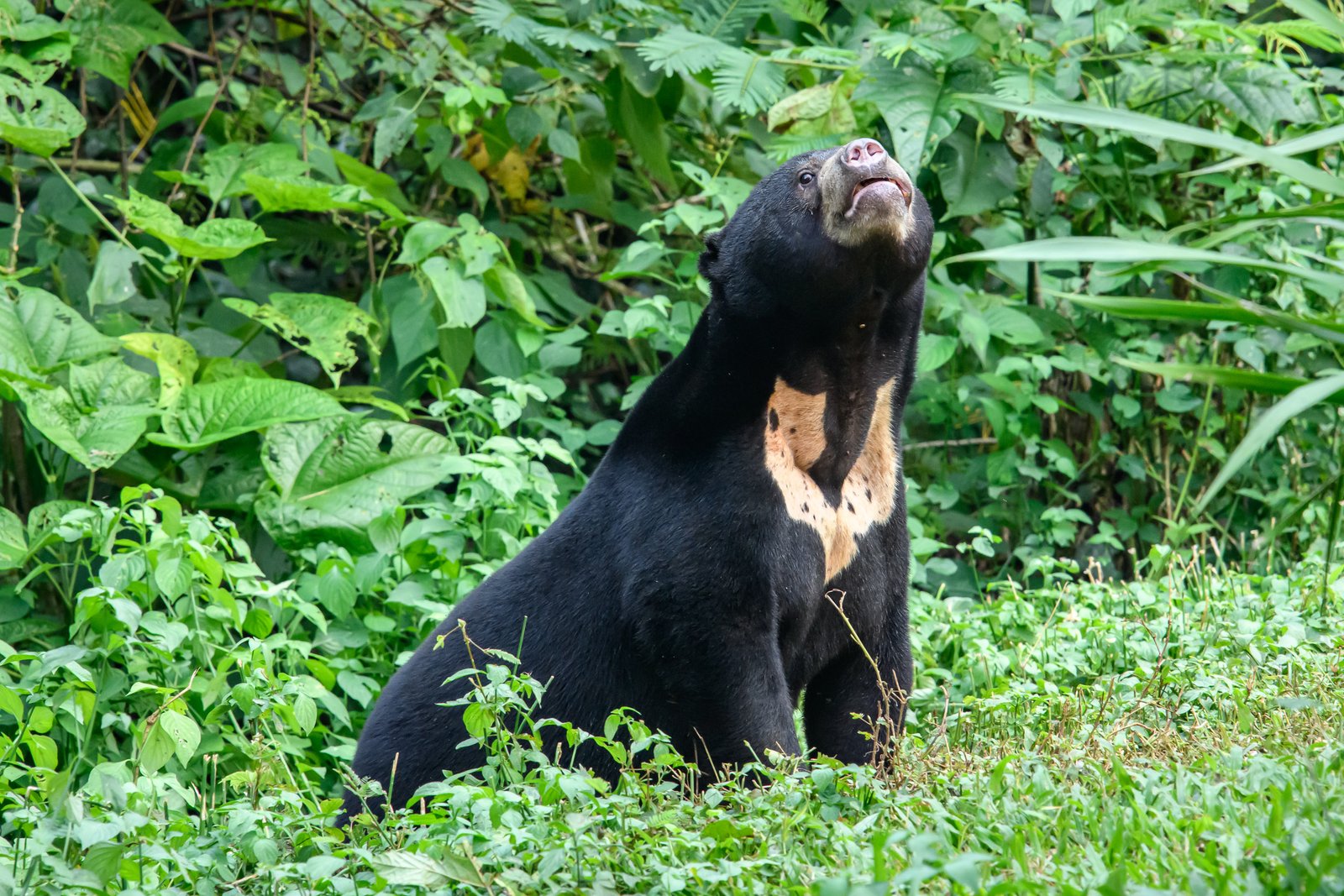
Living in the steamy rainforests of Southeast Asia presents unique challenges. Sun bears have evolved several adaptations to beat the heat. Their short, sleek fur helps them stay cool, while their large paws and curved claws make climbing a breeze. Unlike other bears, they don’t hibernate, since food is available year-round. Their keen sense of smell guides them to hidden treats, while their tough mouths and tongues handle stings and bites with ease. Every inch of the sun bear is designed for life in a world where survival means constant adaptation.
Human Encounters: Curiosity and Conflict
Human-sun bear encounters are a mixed bag. In some cultures, sun bears are revered as symbols of courage and strength. In others, they are seen as pests or threats to crops. Occasionally, curious bears wander into villages in search of food, leading to tense standoffs. Conservationists work to reduce these conflicts through education and innovative solutions, like bear-proof garbage bins. Each encounter is a reminder of the fragile balance between people and wildlife in a rapidly changing world.
The Future of the Sun Bear
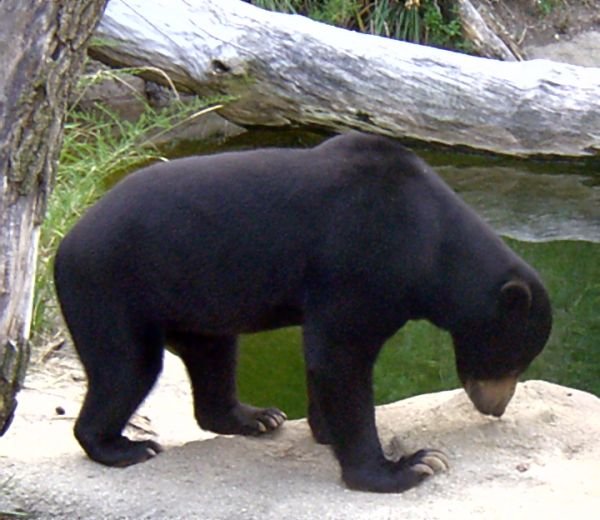
The sun bear’s fate hangs in the balance. Will future generations know this remarkable animal, or will it become just another ghost in the annals of extinction? The answer depends on the choices we make today. Protecting forests, enforcing anti-poaching laws, and supporting conservation groups are all crucial steps. The sun bear’s story is a call to action—a reminder that even the smallest, strangest creatures deserve a place in our world.
Fascination With the Unfamiliar
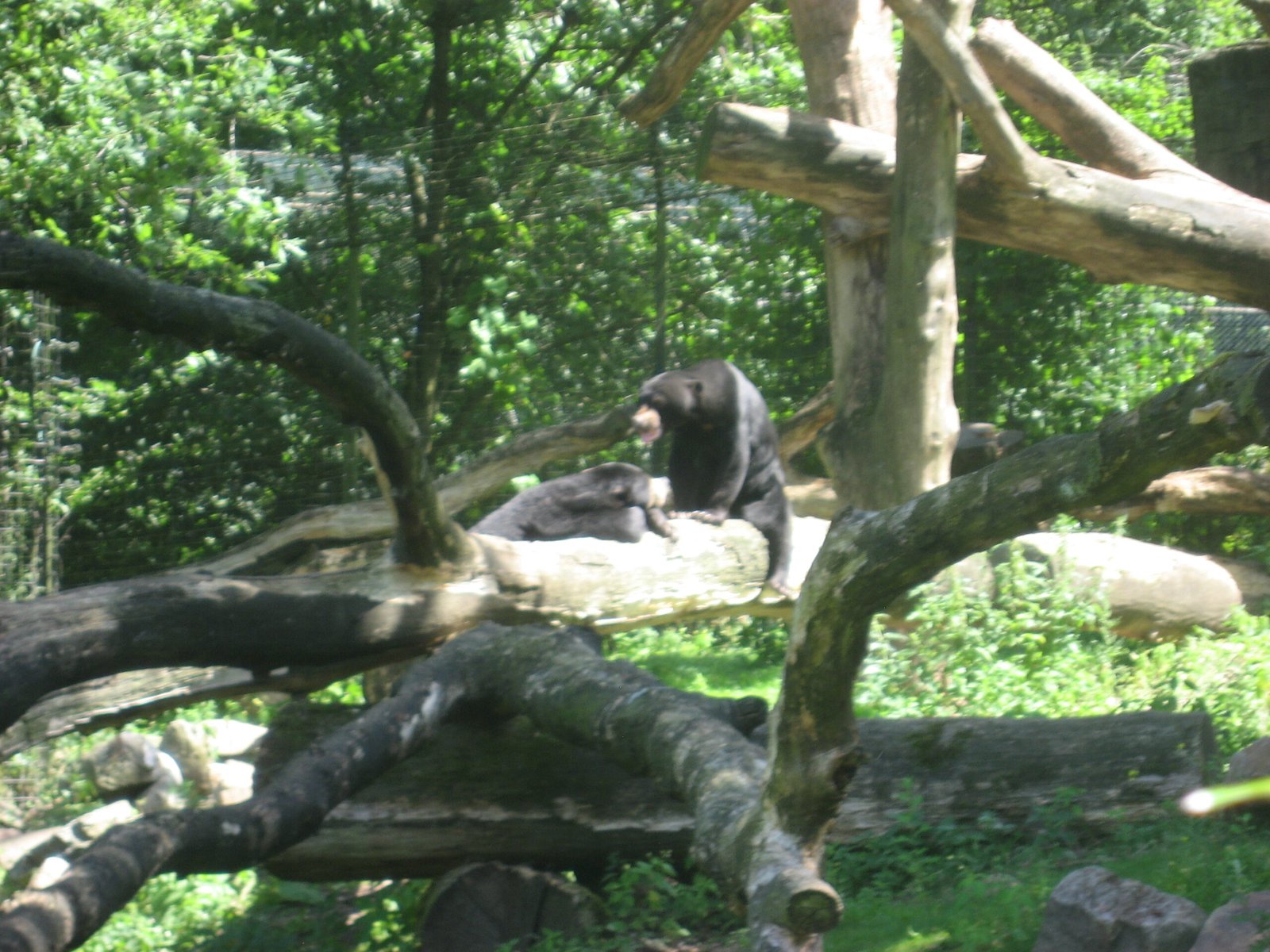
There’s something irresistible about the sun bear. Its odd appearance and stranger habits challenge our ideas of what a bear should be. At once comical and majestic, shy and bold, the sun bear is a celebration of nature’s endless creativity. Learning about this animal is like peeling back the layers of a mystery novel—each fact leads to new questions, each discovery a fresh delight.
A Symbol of the Wild
More than just a curiosity, the sun bear stands as a symbol of wildness in a world that is becoming ever more tame. Its survival depends on healthy forests, clean rivers, and the willingness of people to care. In protecting the sun bear, we protect something larger—the spirit of adventure, the thrill of the unknown, and the intricate tapestry of life itself.
Lessons From a Tiny Climber
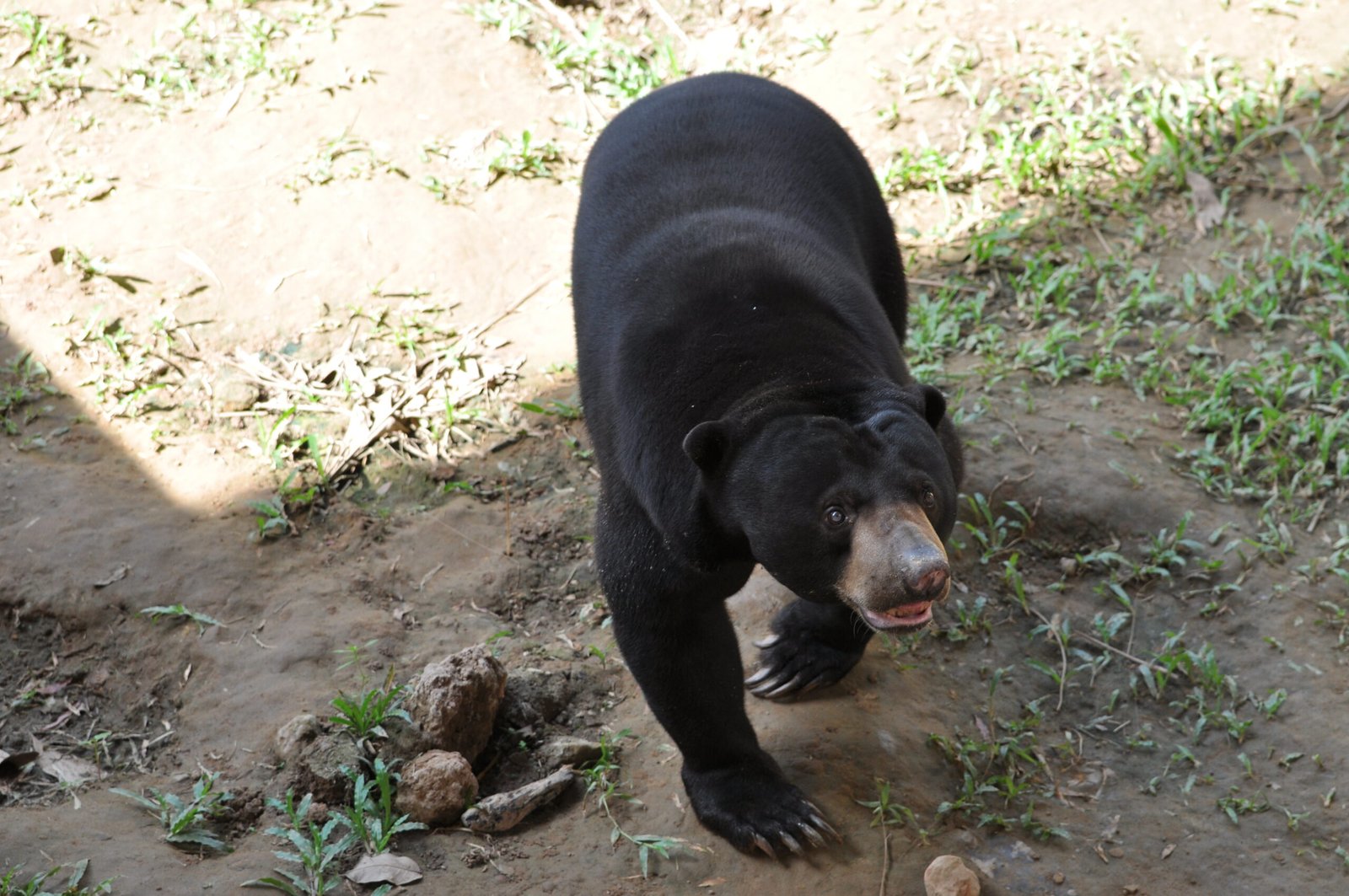
The sun bear teaches us that even the smallest creatures can have the biggest impact. Its strange tongue, peculiar habits, and quiet strength remind us that every living thing has a story worth telling. As we marvel at the sun bear’s world, we are invited to look deeper, to listen more closely, and to cherish the wonders that still remain.



